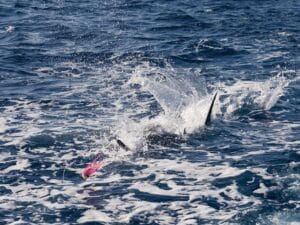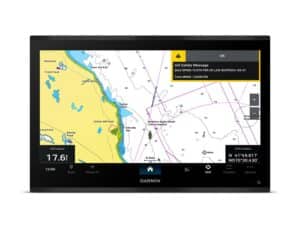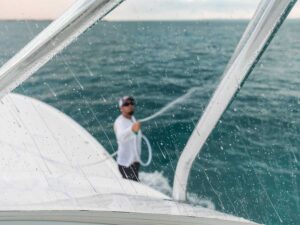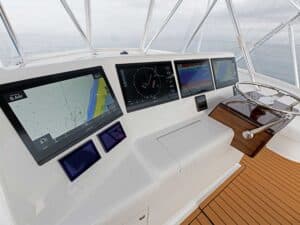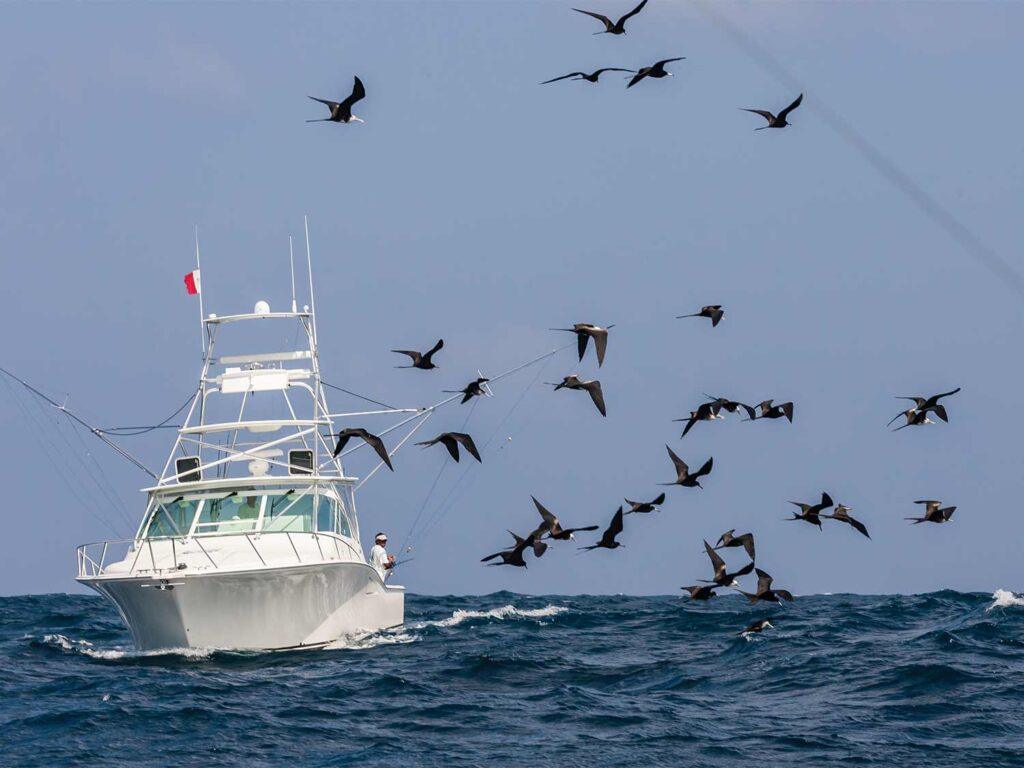
Special delivery: Sign up for the free Marlin email newsletter. Subscribe to Marlin magazine and get a year of highly collectible, keepsake editions – plus access to the digital edition and archives.
Can you really find fish by tracking seabirds using radar? The answer is yes, and the practice is certainly nothing new. Christopher Columbus encountered frigate birds as soon as he sailed past the Cape Verde islands in 1492 during his first voyage across the Atlantic. Also called man-of-war birds in the Caribbean by English sailors, these majestic airborne hunters are capable of soaring on the winds for weeks, helping them to be excellent locators of fish. They aren’t the only ones though; among many other species are countless varieties of terns, gannets, boobies, shearwaters and gulls, and all can point us to better fishing, depending on where we are and what our target species is.
Newer is Better
Myths and legends of using seabirds to find fish, predict weather and even help sailors navigate along various sea routes run deep in many cultures. Seabirds are most often following bait that’s being driven up to the surface of the ocean by actively feeding predators, or the scraps that float up for the birds to reach. When you can see them working, either with the naked eye or through a good pair of binoculars, that’s great. If not, it’s time to use the power of radar to your advantage.
There are many myths and misconceptions about using your marine radar to find birds. For years, fishermen have known that you might use your marine radar to detect birds in addition to traditional uses such as collision avoidance and weather detection, but understandably, it is a skill you must practice before mastering. When attempting to detect birds, the user’s results will vary depending upon a host of factors, including the transmitting power and horizontal beam width of the radar they’re using. A newer type of solid-state radar has been introduced, which is slightly different than the older magnetron radar that was used for decades, and it has improved bird-detection capabilities.
I recently spoke to Eric Kunz with Furuno, and he explained that solid-state radar has a higher average transmitting-power output when compared with the older magnetron radar, which has a higher peak power but equates to a lower average power output. In other words, the newer radar is transmitting a higher average power, which helps in better detection of fainter or smaller targets. When you are using radar, the cross-section of a target determines how easy it is to detect—and then track—that target. Birds are small and have a very small cross-section; however, when birds are working and diving to eat at the water’s surface, they turn at angles that at times provide a much larger cross-section for your radar to detect.
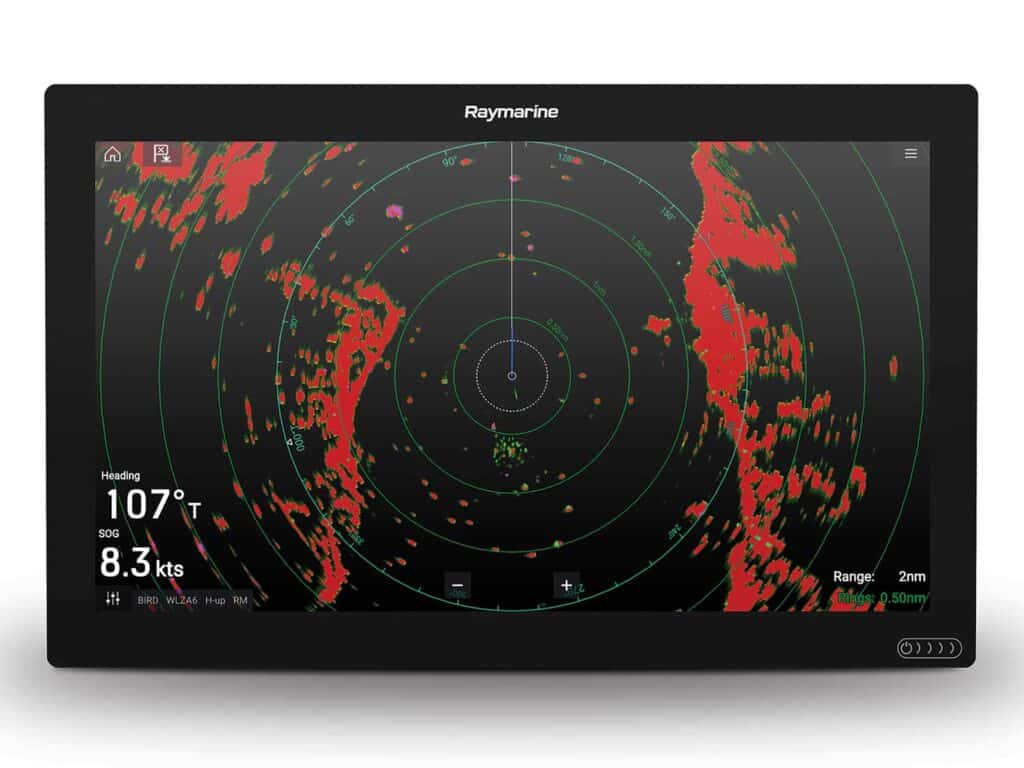
From Auto to Manual
The most ideal conditions would be flat-calm seas and light-to-no winds because this makes it easier for the radar to detect birds working at or near the water’s surface. Higher winds and rougher sea conditions add more surface clutter to the return, making it more difficult to pick out birds from all the weather noise.
All four of the major marine-electronics manufacturers have a built-in bird-mode feature that automatically adjusts specific settings to help the user detect our fish-finding feathered friends well beyond visual ranges. While these auto settings are a big help, there are times where you might also want to manually adjust specific settings to better fine-tune your returns. For example, Gain should be turned up; Echo Stretch/Target Expansion needs to be turned on; and you also will want to turn on Echo Trails because this will help with tracking small, fast-moving targets. Using target trails set to 30 seconds will allow the radar to display faint target returns and make bird identification much easier. Keep in mind that you might need a stabilized-heading sensor with certain radars for this function to work best.
Jack Carlson is the owner of Two Conchs Fishing Charters in Marathon, Florida. He took a few minutes to explain how he uses his radar to find birds. Carlson uses a Furuno TZTouch3 solid-state radar with a 4-foot open array; he sets it on a 2-nautical-mile range. “This is farther than you can see with your own eyes, and probably about as far as you will want to chase birds,” he says. “Any farther, and it’s a hit-or-miss proposition whether the birds will still be there because birds will stay with constantly moving fish only as long as they remain at the surface. Obviously, on days with a slow bite, I would consider going farther to find fish, with the understanding that we are taking a known risk that they might no longer be there by the time we arrive.”
The final key is practice. Every setup varies a bit, and we all fish in different places, looking for different kinds of birds. By understanding how your radar and array work on your vessel, and using them as often as possible, you’ll be able to find more birds and enjoy better fishing.
